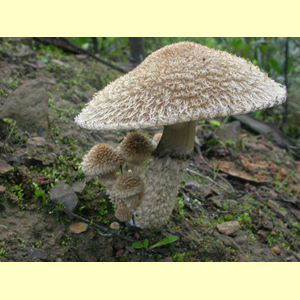
images/Lacrymaria_asperospora_group/Lacrymaria_asperospora2.jpg
Small to large agaric, growing on the ground, in litter or mulch, or on wood, with a dark brown or black spore print. Pileus orange, brown or grey, dry, with dense fibrils. Lamellae adnexed, adnate or subdecurrent. Stipe central. Partial veil remnants forming a ring zone or absent. Spores brown, grey or black, warty; germ pore broad. Cheilocystidia present. Lamellar trama regular. Pileipellis an epithelium (with overlying filamentous hyphae from veil, with the appearance of a cutis). Clamp connections present.
Some
Coprinellus and
Coprinopsis species have a covering of radial fibrils (or fibrillose scales) on the pileus, but this is derived from a universal veil, and it disappears with age; in addition, the fruit-bodies are usually deliquescent. The only other agarics with very a dark brown or black spore print and warty spores are
Panaeolina, which has small brownish fruit-bodies with a smooth pileus and grows in lawns and, rarely,
Coprinopsis, which is deliquescent. Apart from the warty spores,
Lacrymaria is most closely related to
Psathyrella.
Lacrymaria Pat., Hyménomyc. Eur. 122 (1887).
Lacrymaria asperospora (=
Psathyrella) and perhaps one or two other species.
Lacrymaria asperospora is close to the Northern Hemisphere L. lacrymabunda (= L. velutina), but according to Watling (1979) it differs in several characters, including the coarse spore ornamentation and the germ pore at the end of an apical protrusion of the spore.
In addition to reporting L. asperospora, Watling (1979) discussed further collections of Lacrymaria from Australia, differing in the less pronounced spore ornamentation; with some collections resembling the North American L. rugocephala and others similar to L. lacrymabunda (as L. velutina). Further work is needed to determine if there is one or several species in Australia.
Lacrymaria asperospora (Cleland) Watling, Notes Roy. Bot. Gard. Edinburgh 37: 370 (1979).
W.A., S.A., Qld, N.S.W., Vic. and Tas. (and probably also N.T.).
In parks or gardens. When in native forest, usually along road-sides or on tracks.
On the ground or in mulch, occasionally on wood, such as at the base of trees.
Saprotrophic.
Bougher, N.L. & Syme, K. (1998),
Fungi of Southern Australia. University of Western Australia Press, Nedlands. [
Description,
Illustration and
Microcharacters of
L. asperospora (as
Psathyrella)]
Fuhrer, B. (2005), A Field Guide to Australian Fungi. Bloomings Books, Hawthorn. [Description and Illustration of L. asperospora (as Psathyrella)]
Grgurinovic, C.A. (1997a), Larger Fungi of South Australia. The Botanic Gardens of Adelaide and State Herbarium and The Flora and Fauna of South Australia Handbooks Committee, Adelaide. [Description and Microcharacters of L. asperospora]
McCann, I.R. (2003), Australian Fungi Illustrated. Macdown Productions, Vermont. [Illustration of L. asperospora]
Watling, R. (1979), Studies in the genera Lacrymaria and Panaeolus, Notes Roy. Bot. Gard. Edinburgh 37: 369–379. [Description and Microcharacters of L. asperospora, L. cf. rugocephala and L. cf. lacrymabunda (as velutina]
Young, A.M. (2005b), A Field Guide to the Fungi of Australia. University of New South Wales Press, Sydney. [Description and B&W Illustration of L. asperospora (as Psathyrella)]

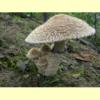
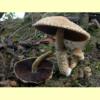
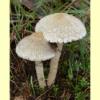
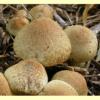
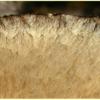
_(spores_water)AK13_sml.jpg)
